
- For PC
- For MAC
- For Linux
- OS: Windows 10 (64 bit)
- Processor: Dual-Core 2.2 GHz
- Memory: 4GB
- Video Card: DirectX 11 level video card: AMD Radeon 77XX / NVIDIA GeForce GTX 660. The minimum supported resolution for the game is 720p.
- Network: Broadband Internet connection
- Hard Drive: 23.1 GB (Minimal client)
- OS: Windows 10/11 (64 bit)
- Processor: Intel Core i5 or Ryzen 5 3600 and better
- Memory: 16 GB and more
- Video Card: DirectX 11 level video card or higher and drivers: Nvidia GeForce 1060 and higher, Radeon RX 570 and higher
- Network: Broadband Internet connection
- Hard Drive: 75.9 GB (Full client)
- OS: Mac OS Big Sur 11.0 or newer
- Processor: Core i5, minimum 2.2GHz (Intel Xeon is not supported)
- Memory: 6 GB
- Video Card: Intel Iris Pro 5200 (Mac), or analog from AMD/Nvidia for Mac. Minimum supported resolution for the game is 720p with Metal support.
- Network: Broadband Internet connection
- Hard Drive: 22.1 GB (Minimal client)
- OS: Mac OS Big Sur 11.0 or newer
- Processor: Core i7 (Intel Xeon is not supported)
- Memory: 8 GB
- Video Card: Radeon Vega II or higher with Metal support.
- Network: Broadband Internet connection
- Hard Drive: 62.2 GB (Full client)
- OS: Most modern 64bit Linux distributions
- Processor: Dual-Core 2.4 GHz
- Memory: 4 GB
- Video Card: NVIDIA 660 with latest proprietary drivers (not older than 6 months) / similar AMD with latest proprietary drivers (not older than 6 months; the minimum supported resolution for the game is 720p) with Vulkan support.
- Network: Broadband Internet connection
- Hard Drive: 22.1 GB (Minimal client)
- OS: Ubuntu 20.04 64bit
- Processor: Intel Core i7
- Memory: 16 GB
- Video Card: NVIDIA 1060 with latest proprietary drivers (not older than 6 months) / similar AMD (Radeon RX 570) with latest proprietary drivers (not older than 6 months) with Vulkan support.
- Network: Broadband Internet connection
- Hard Drive: 62.2 GB (Full client)
|
By 1943 the Ilyushin Il-2 formed the main striking power of the Soviet Air Force, comprising almost one third of its combat strength. Tanks were a tough nut for the Shturmovik to crack though; bombs had to be placed very precisely, the 20mm ShVAK cannon of early aircraft were ineffective against armour and the 23mm VYa cannon could penetrate only light armour. A more powerful gun was needed against the increasingly heavy German tanks being fielded.
Combat trials with Il-2s equipped with the 37mm ShFK cannons started in early 1943, but the guns proved unreliable and so the Nudelman/Suranov NS-37 cannon was selected instead for tank busting. With the cannon mounted under the wings, the Il-2-37 could not carry rockets, and the bomb load was reduced to just 200kg.
The NS-37 cannon is a very potent weapon in War Thunder against both air or ground targets and the generous 50 rounds each give the Il-2-37 plenty of opportunity to wreak havoc. Soft targets and light tanks are easily destroyed, whilst the weaker side and rear armour of medium tanks can be targeted, but heavy tanks and pillboxes are mostly resistant to cannon attack. Top armour is usually weak and can be hit in a steep diving attack, but don’t forget to leave enough altitude to safely pull out. The cannon has little effect on destroyers and larger ships but performs admirably against patrol boats. The Il-2-37 will undoubtedly be a useful asset in Naval forces combat.
Fire single shots, or at most short bursts, as pilots found the heavy recoil produced by the cannons made it difficult to hold them on target for a long burst. Because the guns are wing mounted, convergence (guns targeting distance) is important: set it to your preferred range (300-400m works well) and try and fire around that distance.
Once the offensive 37mm belts upgrade is unlocked then load the Armored Targets belt for pure armour piercing ammunition. Until then the default belt is a 50/50 mix of AP and HE shells so at least two shots are needed against armoured targets as HE shells are ineffective. The heavy cannons make the Il-2-37 significantly less agile than other Il-2 variants. Once the engine and fuel upgrades are unlocked, it handles marginally better, but you will always be vulnerable to higher performance fighters.
PROS AND CONS OF THE VEHICLE:
|
|
Your rear gunner offers a little defensive protection, at the very least giving a warning of approaching opponents. You can try a favoured technique of actual Il-2 pilots: slowing down and manoeuvring to force the enemy to overshoot, then hitting them with a burst of cannon fire as they go past. In general though, try and avoid enemy fighters, don’t just head straight for enemy lines at top speed. In a pinch the Il-2-37 works as a reasonable bomber hunter, the cannons will make a mess out of even the heaviest bombers, but its performance is less than ideal for catching them especially at high altitude. If you end up in a game with no ground targets, such as Air Domination, then you will want to use the Air Targets belt, otherwise ground targets should always be your priority.
 |
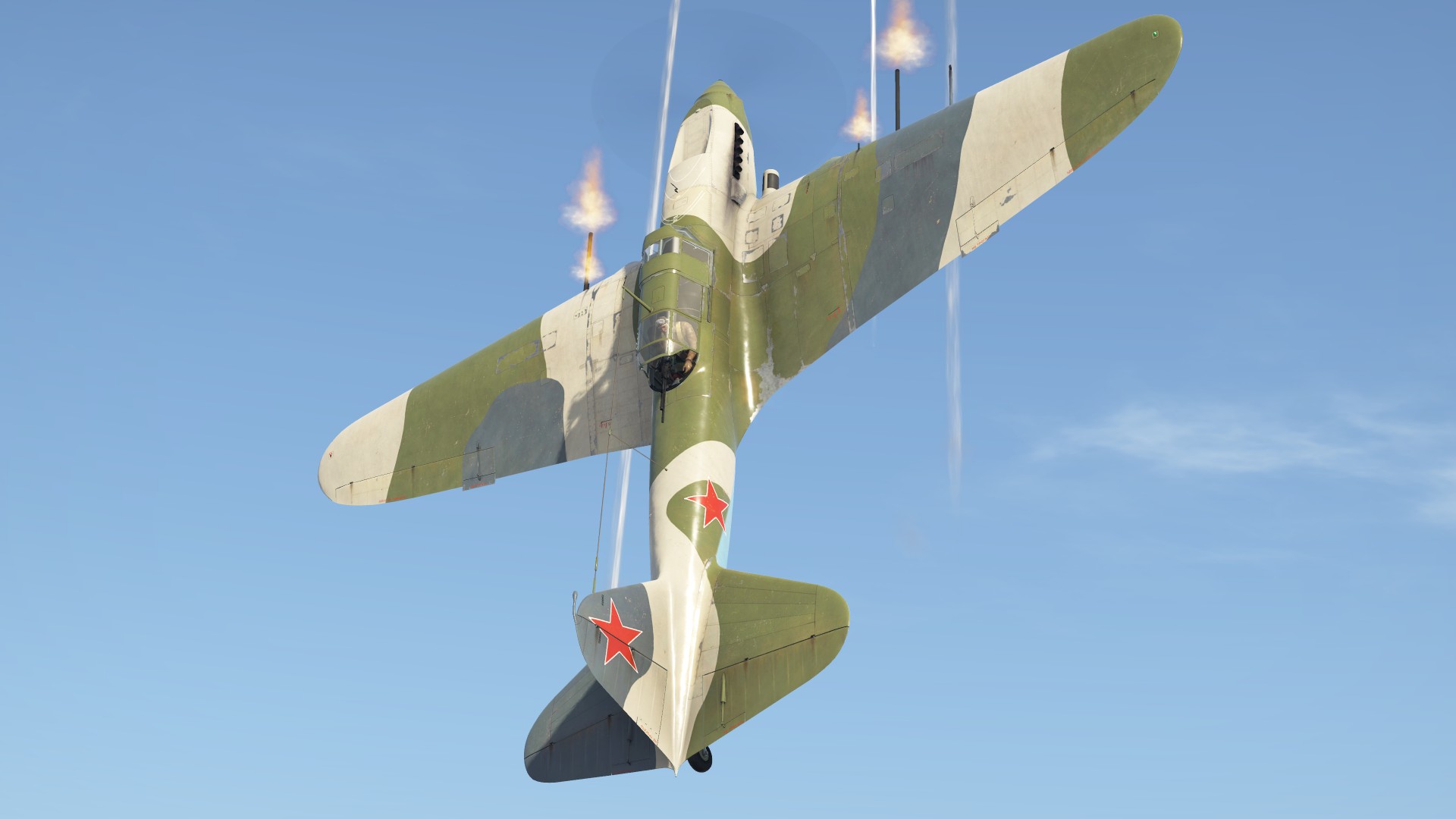 |
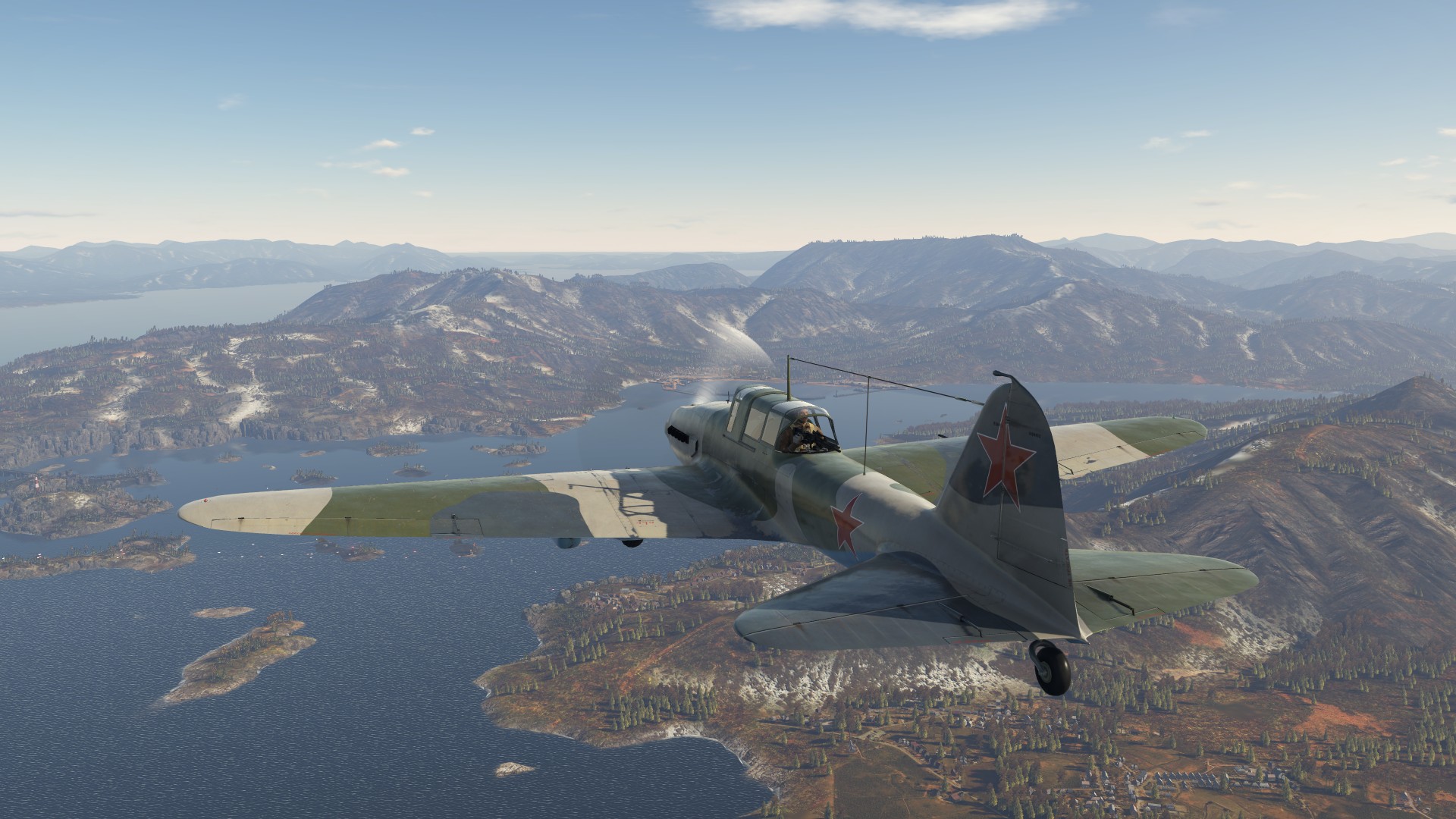 |
A new weapon had been introduced just before the Il-2-37 made its operational debut: the PTAB shaped charge bomblet. Standard Il-2s could carry hundreds of bomblets in their bomb racks to saturate an area giving a high chance of hitting tanks, whereas the 37mm cannon required precise aiming and usually several passes to hit their targets. The combination of PTAB bomblets for tanks and the 23mm cannon for soft targets became the preferred Il-2 armament, and production of the Il-2-37 stopped at the end of 1943 after around 1000 had been built.
Author: John “Zoso” Moore
Want to read more about the vehicles in War Thunder? Find other Vehicle Profiles on our website!
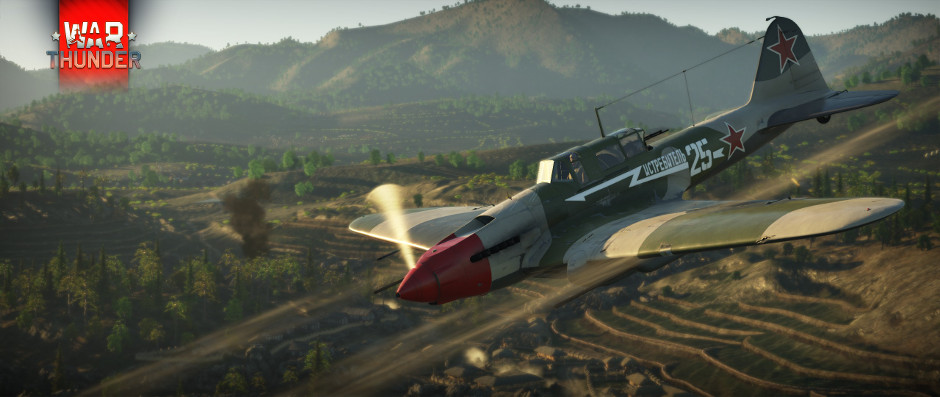
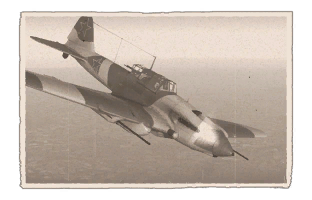
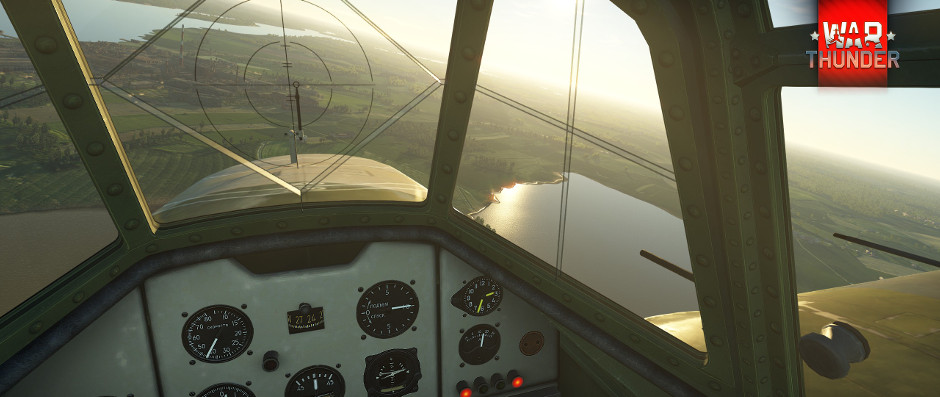
 PROS:
PROS: CONS:
CONS: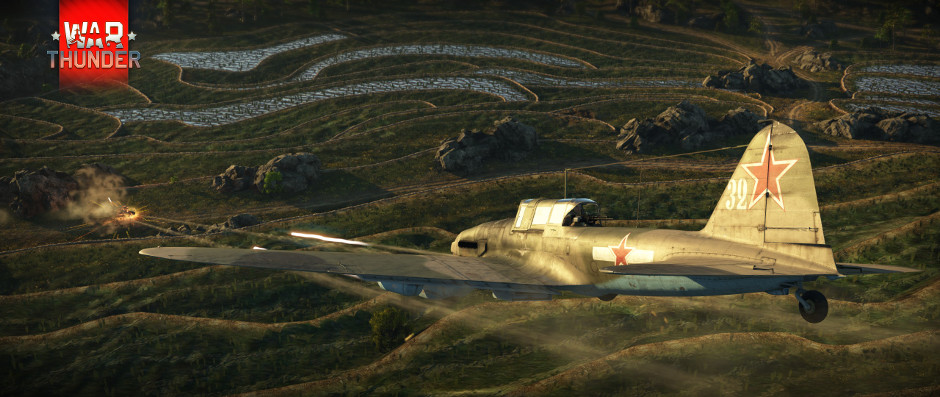




Comments (37)
So, when do we get the PTABs? ;)
They were denied..
VoidGamer, They have said that before about features that they later did add to the game (ex. ATGMs) Also the post I remember seeing about no PTABs upset me not because of it not being included, but the author was making the request for larger bombloads for the IL-2, and because one picture had a bomb bay including PTABs they ignored the whole post, denied PTABs, and closed discussion.
Because we really needed ANOTHER IL-2 in the already saturated Soviet tree.......Thx I guess XD cant wait to get cheap shot by more amazingly skilled spacebar presses.
This is not a devlog, it's an vehicle profile. This il-2 it's in the game <3
It's a profile article, this aircraft was added to the game in Update 1.49: Weapons of Victory on April 2015.
Where is the 1.71 DevBlogs??
Getting prepared! Loading ...assets ...engine ...graphic software ...writing text ...including pop-cultural dank references in the text ...making screenshots ...finding out this is actually not coming in 1.69 ...postponing devblog to 1.71 ...finding out its actually coming in 1.69 ...getting improved assets ...making new screenshots ...writing the text again from scratch because it's about the Vickers Mk.1 MBT, not interwar Vickers Mk.1 Medium. #truestory
Thulle_, Vickers Mk.1 Medium confirmed?
Probably because the Soviets where jealous about the Ju 87 G-2, so they imitated it... Then the Germans decided to play "Mine's bigger" and put a 75mm cannon on the Hs 129.
I love IL-2 and Gaijin. I am looking forward to the arrival of PTAB.
they were denied mate
Everything i want from an il-2: durability of a heavy tank and good ground striker
Will we ever see PTABs in the game or are they considered as too OP?
Hello mods: what about the most useless ilyushin of them all: IL-10 1946 unusable 23mm ... what were the capacity of such plane ? Is it a peace era plane because you can't pen anything with is. At. All. When strike-fighting things on the ground even the rear gunner have better ammo. Could you look into it please. :)
By "Tricky to fly at low speeds" do you mean "if you spam your guns you will crash into a hill?" lol
Indeed it is, but once you designate keybindings for "Flaps Up" and "Flaps Down", it's a whole different story! Make extensive use of combat, take-off and even landing flaps settings for increased lift and maneuverability at low speeds. I find it that shallow diving (sometimes at 30-50% Throttle) with take-off flaps is optimal for tankbusters such as Il-2-37 and HS-129's, making it very easy to recover from strafing runs. I have a great time tankbusting with them, try it yourself! Best regards!
In summary: Aircraft was good in Soviet areas on WW2, when enemy has a problem with resupplies for tanks and outlying airfields. In WT in Realistic Air and Groound is useless because it's free frag for fighters and better, most universal attackers. The legend of IL-2 overflows the reality. Same as T-34s and Shermans.
I like all ILs. They are nice gliders on extremely low altitudes but Pe-2, Pe-3 and Tu-2 are better to fast run and escape.
Submit a complaint